The sacred land mentioned above is a land rich in tradition, with many pagodas bearing cultural, historical and religious values. That is Hue City.
Hue has long been famous as a peaceful land, with the beauty of the ancient, majestic and splendid citadel complex. However, few people know that, in addition to the great historical works, Hue is also a prominent Buddhist center of Vietnam.
According to the authors of the book "Yes sir, Hue today", this land owns more than 300 large and small pagodas, including more than 100 ancient pagodas, each pagoda is not only a place of worship but also contains stories and unique cultural beauty, creating the soul of this dreamy land.

Hue has long been famous as a peaceful land, with the beauty of the ancient, majestic and splendid citadel complex. Photo: Internet
One of the most prominent pagodas in Hue is Thien Mu Pagoda, about 5km west of the city center. Built in the 17th century, Thien Mu Pagoda is not only an outstanding architectural work, but also associated with legendary stories and the development of Buddhism in Hue. Phuoc Duyen Tower, 21m high with 7 floors, is a prominent symbol of the pagoda, a place that visitors cannot miss when coming to Hue.
In addition to Thien Mu, there are other pagodas such as Tu Hieu Pagoda, Bao Quoc Pagoda, Thien Lam Pagoda and Thien Minh Pagoda, each pagoda has its own historical and cultural value, contributing to the sacred appearance of Hue.
For every visitor who comes here, the temple bells echoing in the tranquil space are not only the sound of time but also a symbol of peace, the connection between people and the spiritual world. Those bells remind us of the sacred values that this land has preserved for centuries, amidst the ups and downs of history.
In the peaceful space of ancient temples, visitors not only admire the beauty of religious architecture but also have the opportunity to find peace of mind and feel the tranquility that these temples bring.

Hue ancient capital seen from above. Photo: Nguyen Phong
The pagodas in Hue are not only places to preserve cultural and religious values, but also indispensable destinations in the journey to discover the natural beauty and people here. Every step you take, every bell ringing is part of the long-lasting story that Hue wants to tell the world .
Below are some typical pagodas in Hue that tourists can refer to:
Thien Mu Pagoda
Address: Ha Khe Village, Huong Long Commune, Hue City
Thien Mu Pagoda (also known as Linh Mu) is one of the most famous pagodas in Hue, located on the banks of the Perfume River. Built in 1601 under the Nguyen Dynasty, Thien Mu stands out with the 21m high, 7-storey Phuoc Duyen tower. This is a cultural and religious symbol of Hue, attracting not only Buddhists but also international tourists.

Thien Mu Pagoda is one of the most famous pagodas in Hue, located on the banks of the Perfume River. Photo: Internet
The pagoda stands out with its peaceful and poetic space, located along the Perfume River, creating a beautiful landscape. Phuoc Duyen Tower is one of the unique architectures of the pagoda, this pagoda is also associated with many legendary stories.
Tu Dam Pagoda
Address: 01 Su Lieu Quan, Hue City
Tu Dam Pagoda is a large pagoda and has had a profound influence in the history of Vietnamese Buddhism, especially in the struggle movement of Central Vietnamese Buddhism in the 1960s. The pagoda has typical architecture of Northern Buddhism, built in the early 17th century.

Tu Dam Pagoda is a large pagoda and has had a profound influence in the history of Vietnamese Buddhism. Photo: Internet
The pagoda is the center of the Vietnam Buddhist Sangha in Hue. The pagoda gate stands out with the image of a "Sitting Buddha" and a spacious campus with religious structures. This is one of the pagodas with many cultural activities and major Buddhist festivals.
Bao Quoc Pagoda
Address: 2 Dinh Tien Hoang, Hue City
Bao Quoc Pagoda is one of the ancient and important pagodas of Hue, built during the Ly Dynasty. This pagoda is famous for its ancient architectural beauty and peaceful atmosphere. The pagoda also preserves many historical relics of Buddhism.

Bao Quoc Pagoda is one of the ancient and important pagodas of Hue, built during the Ly Dynasty. Photo: Internet
Bao Quoc Pagoda has ancient Buddhist paintings, statues, horizontal lacquered boards and parallel sentences of great value. This is a pagoda imbued with the culture of Hue Buddhism, with solemn ceremonies held on major festivals.
Dieu De Pagoda
Address: 99 Nguyen Hue, Hue City
Dieu De Pagoda was built in the 17th century, famous for its ancient architecture and bearing the mark of Northern Buddhism. The pagoda is located right in the center of Hue city, a pilgrimage site for many Buddhist followers.

Dieu De Pagoda was built in the 17th century and is famous for its ancient architecture. Photo: Internet
In addition to its peaceful space, the pagoda also preserves many valuable historical relics, paintings and Buddha statues. Dieu De Pagoda is also a prominent place in the religious activities of Hue Buddhism.
On the morning of January 1, 2025, the Resolution on the establishment of Hue City under the Central Government officially took effect. This marked the transformation of Thua Thien Hue Province, when it became the 6th centrally-run city in Vietnam. Other centrally-run cities currently include: Hanoi , Ho Chi Minh City, Da Nang, Can Tho and Hai Phong.
Source: https://danviet.vn/vung-dat-thieng-nay-co-hon-300-ngoi-chua-cua-viet-nam-vua-tro-thanh-tp-truc-thuoc-trung-uong-20250205222904609.htm


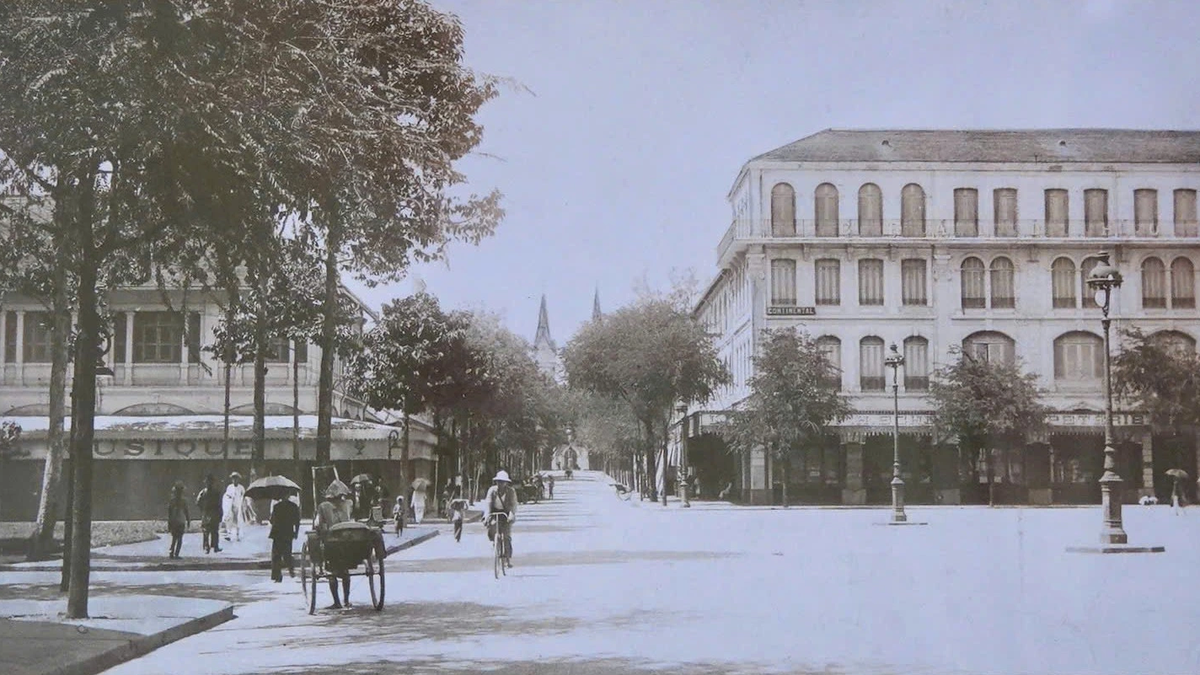
![[Photo] Solemn opening of the 10th Session, 15th National Assembly](https://vphoto.vietnam.vn/thumb/1200x675/vietnam/resource/IMAGE/2025/10/20/1760937111622_ndo_br_1-202-jpg.webp)


![[Photo] The Steering Committee of the 2025 Fall Fair checks the progress of the organization](https://vphoto.vietnam.vn/thumb/1200x675/vietnam/resource/IMAGE/2025/10/20/1760918203241_nam-5371-jpg.webp)
![[Photo] Chairman of the Hungarian Parliament visits President Ho Chi Minh's Mausoleum](https://vphoto.vietnam.vn/thumb/1200x675/vietnam/resource/IMAGE/2025/10/20/1760941009023_ndo_br_hungary-jpg.webp)
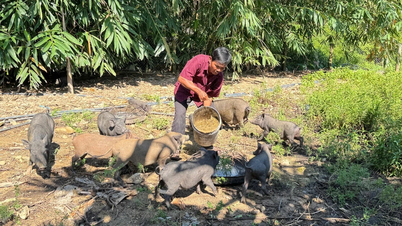




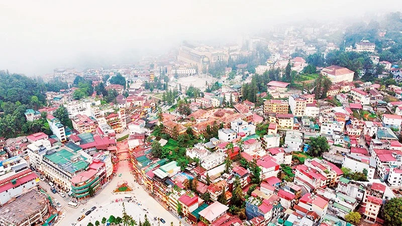
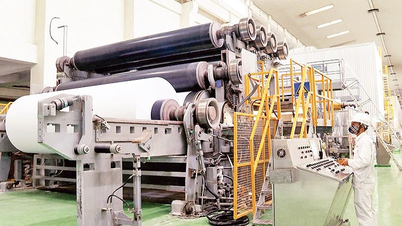

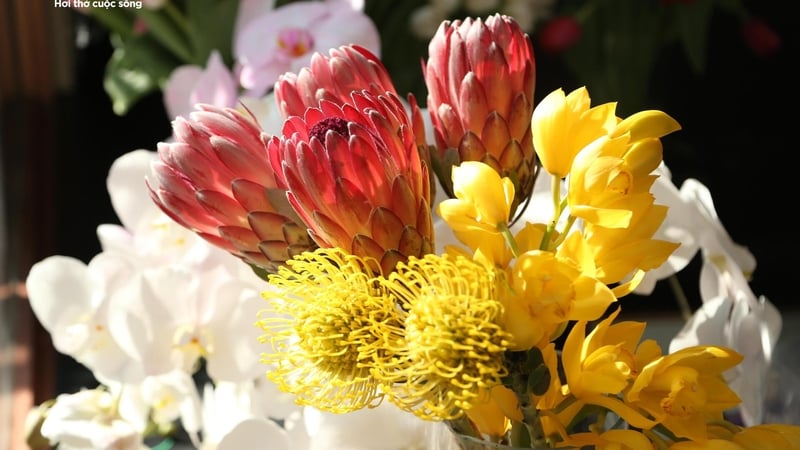




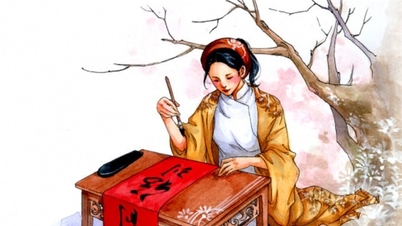

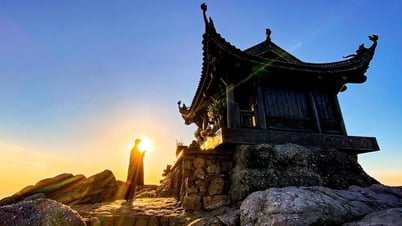
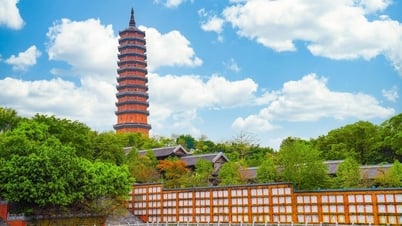


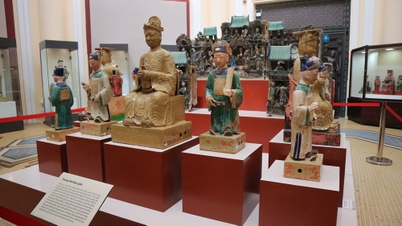

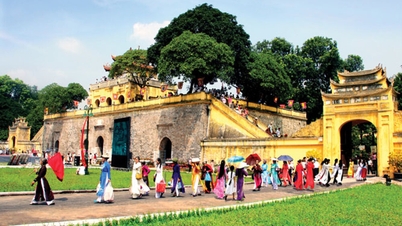

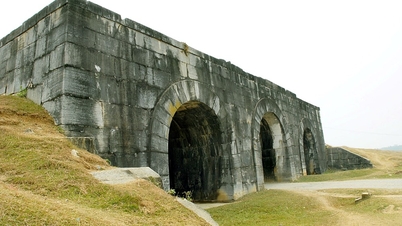
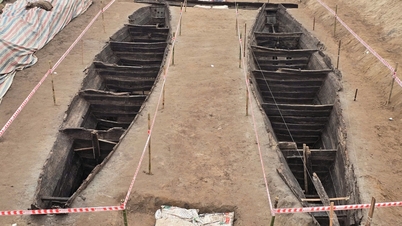

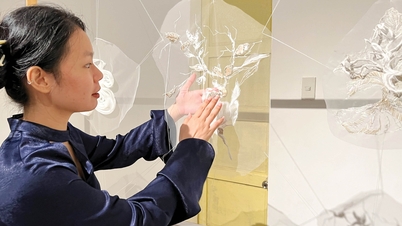













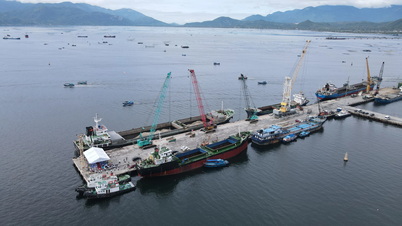


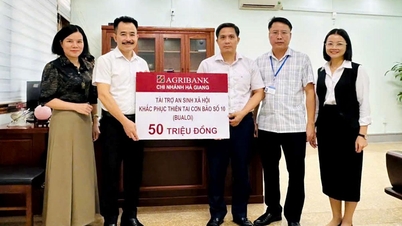





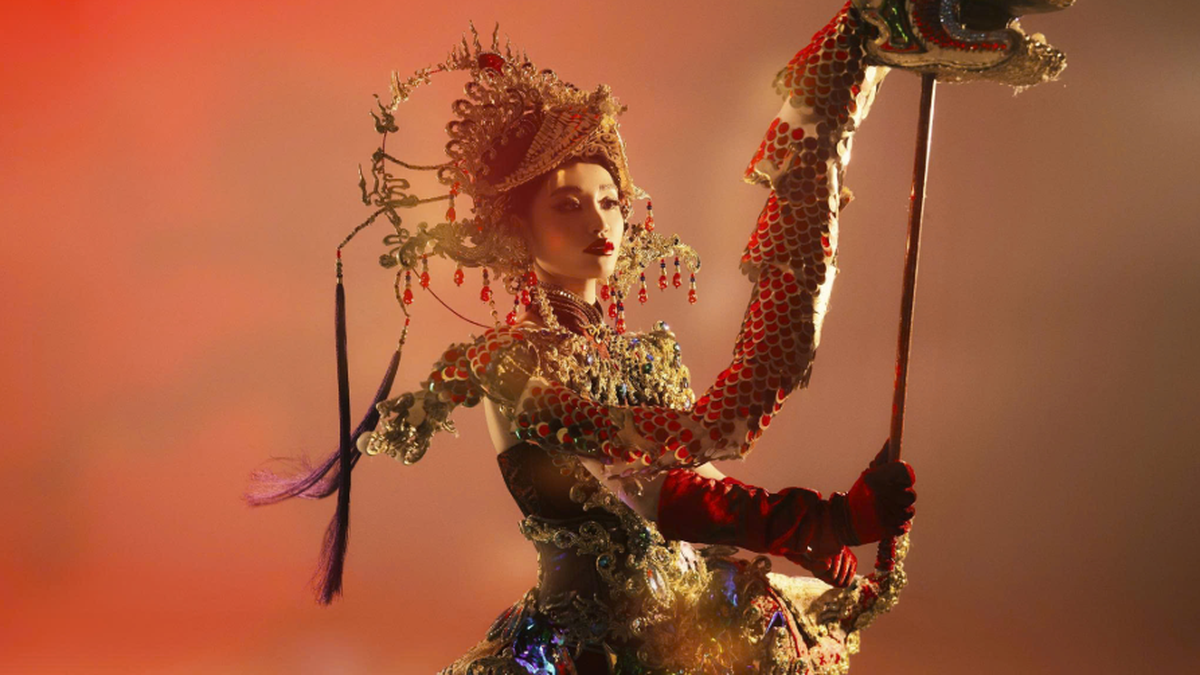
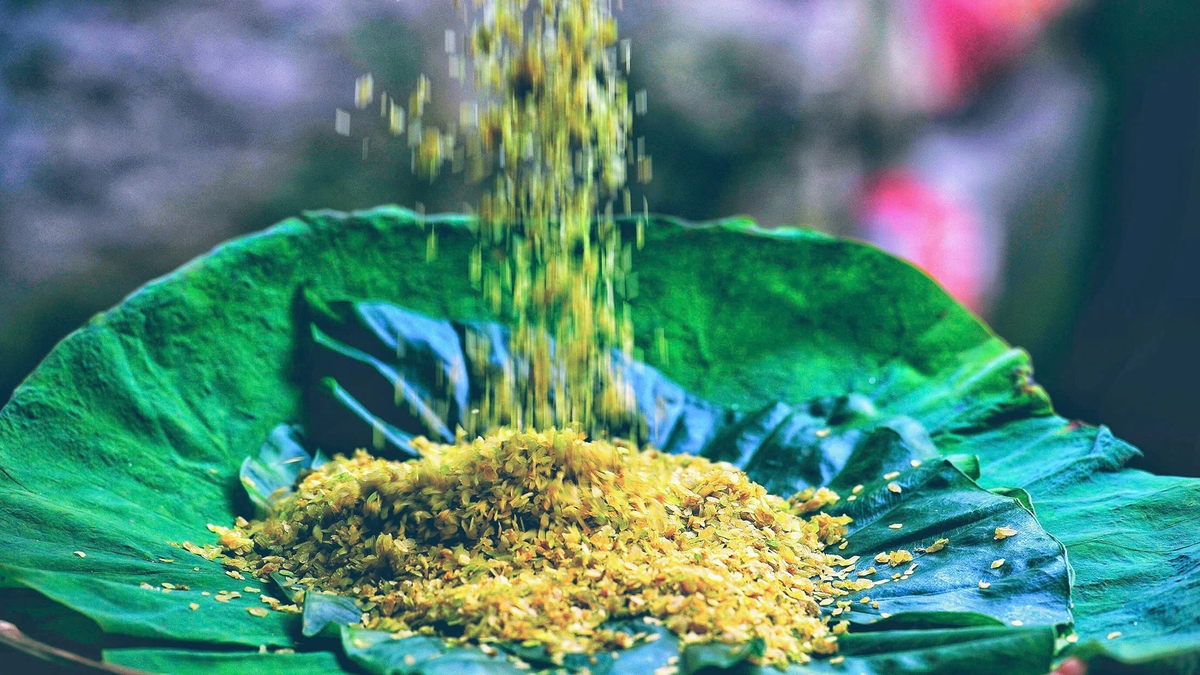
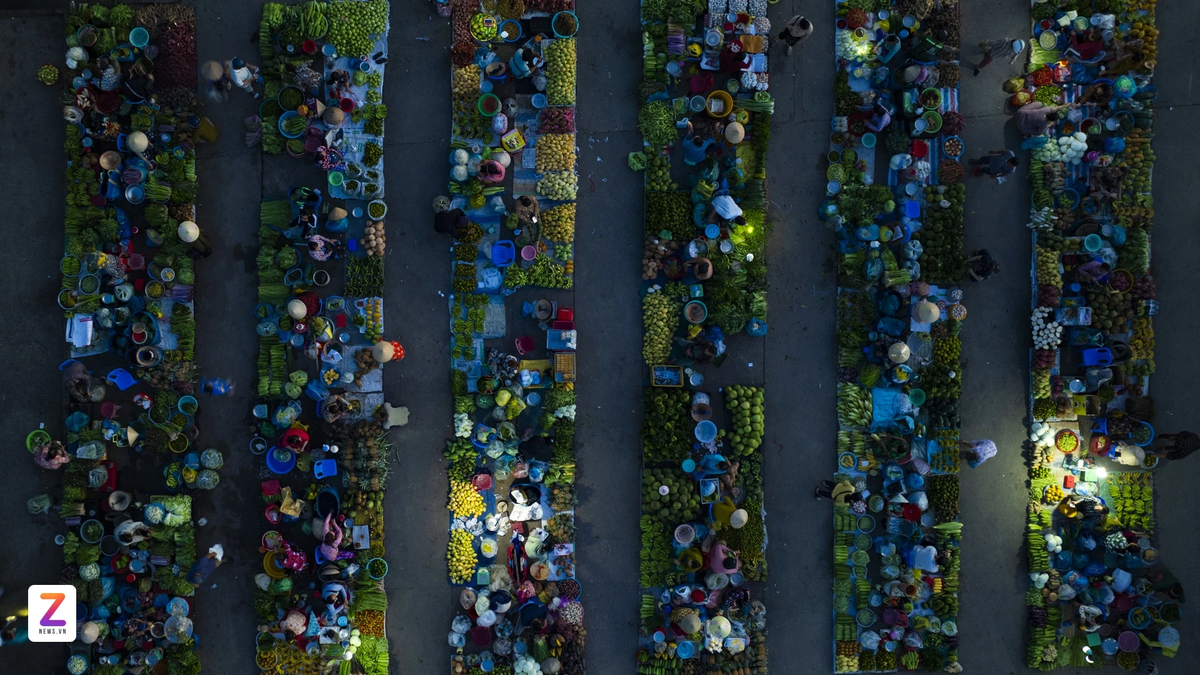
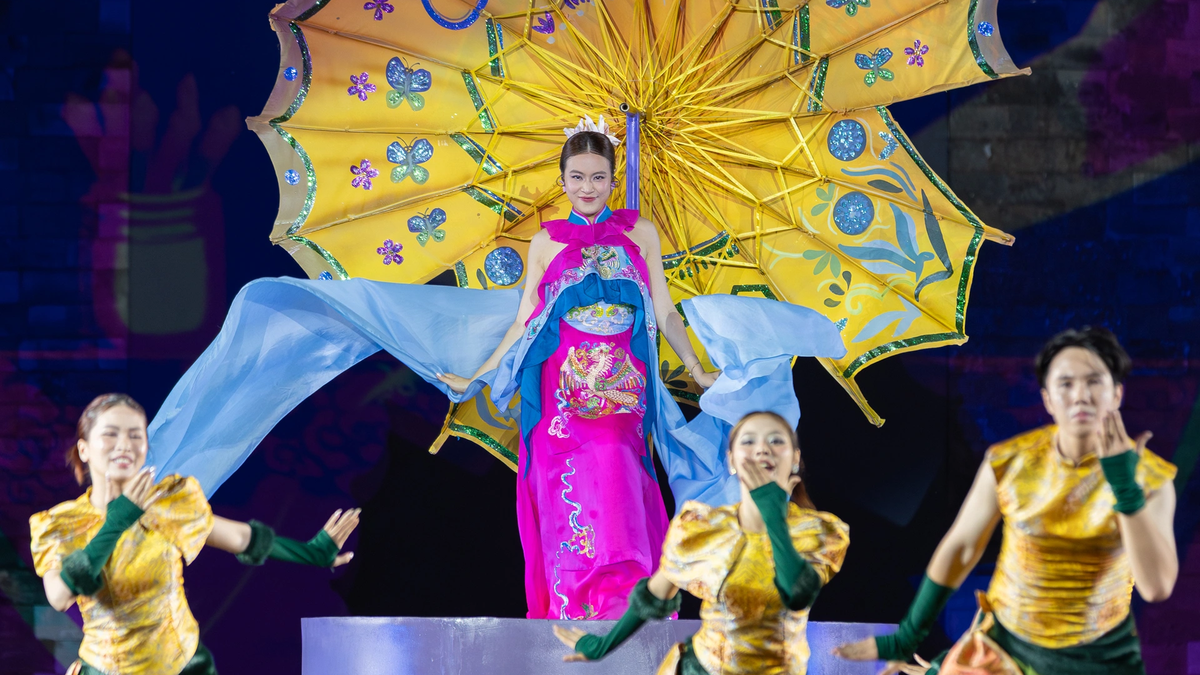


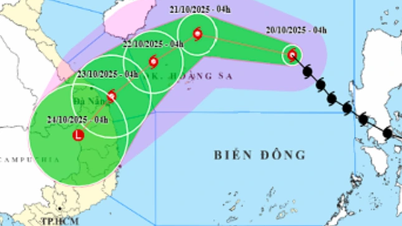



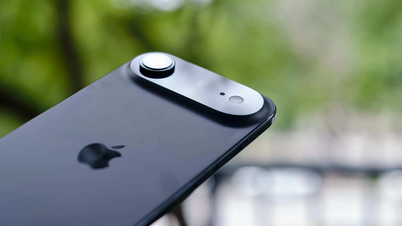
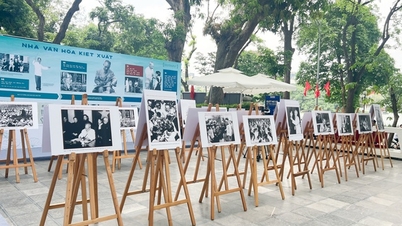

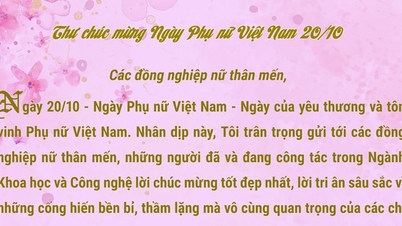

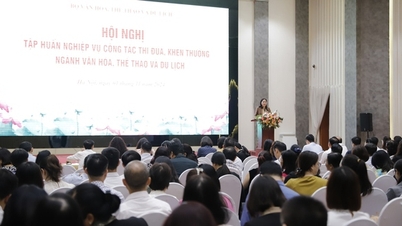

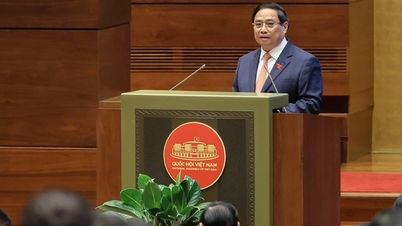







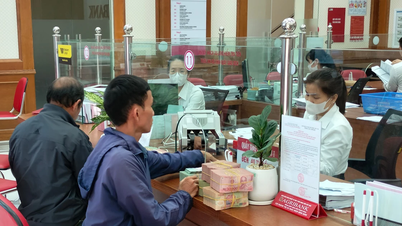







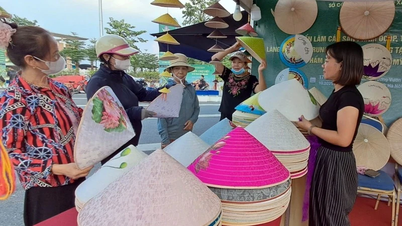
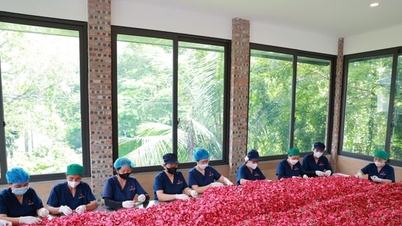





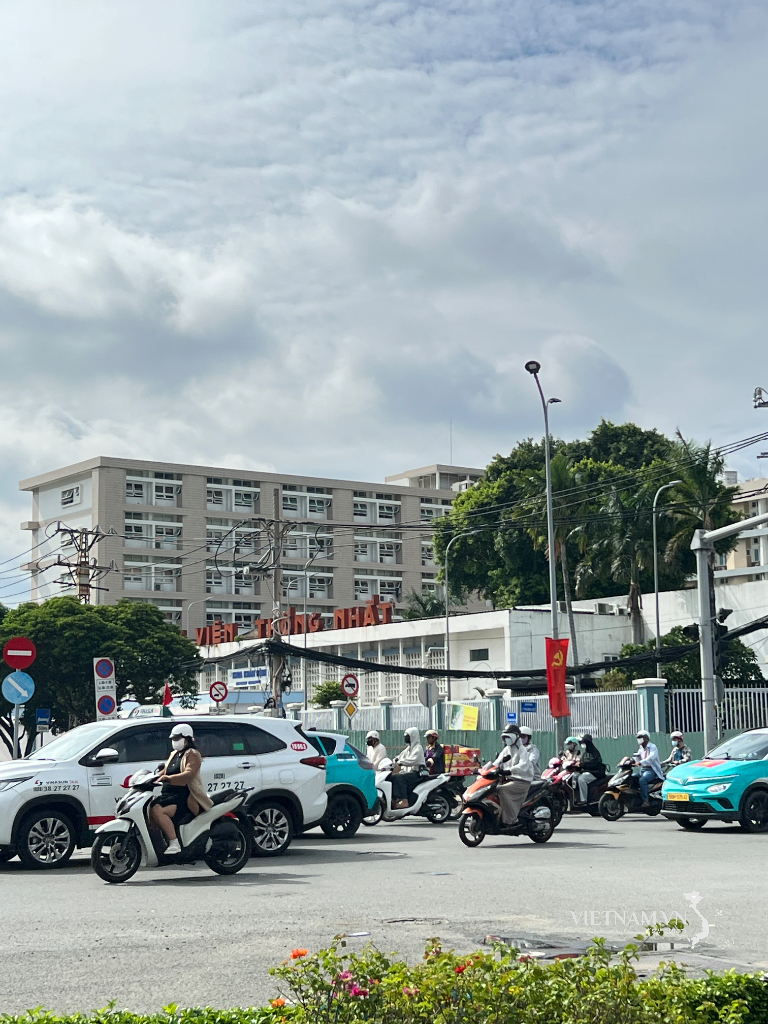

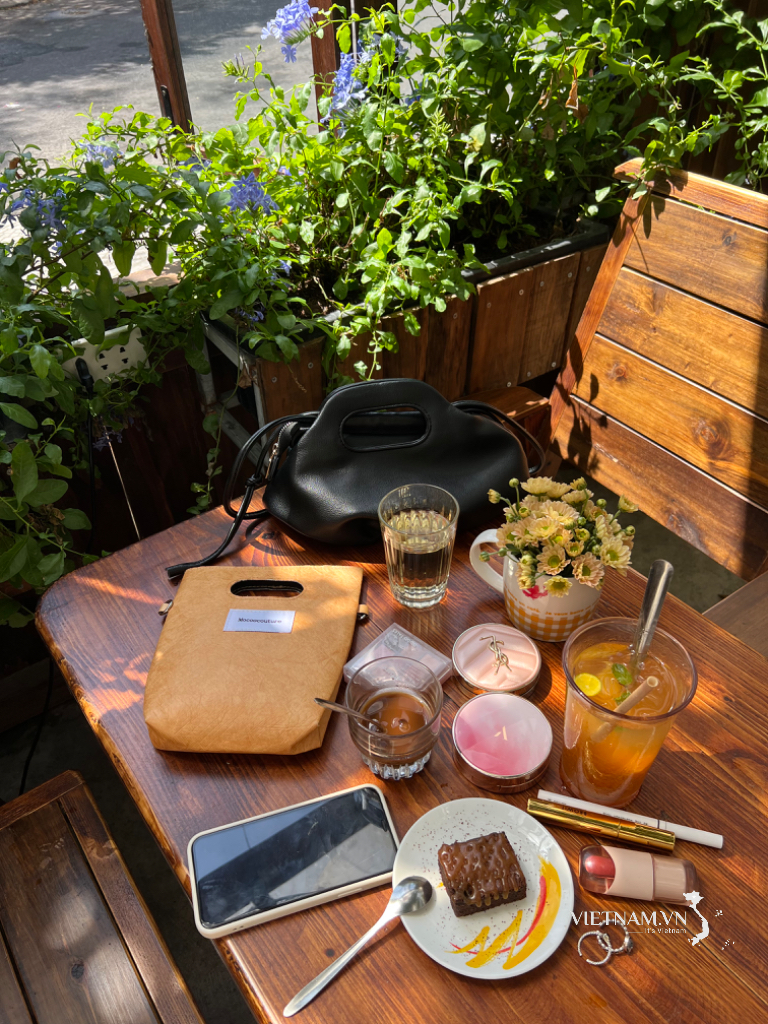
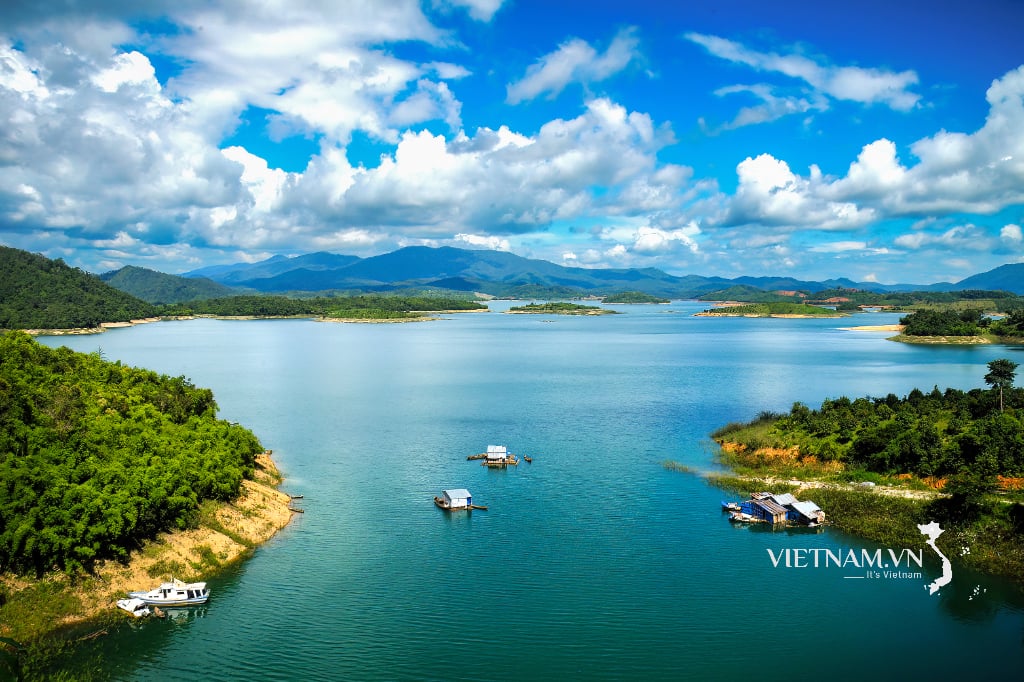
Comment (0)